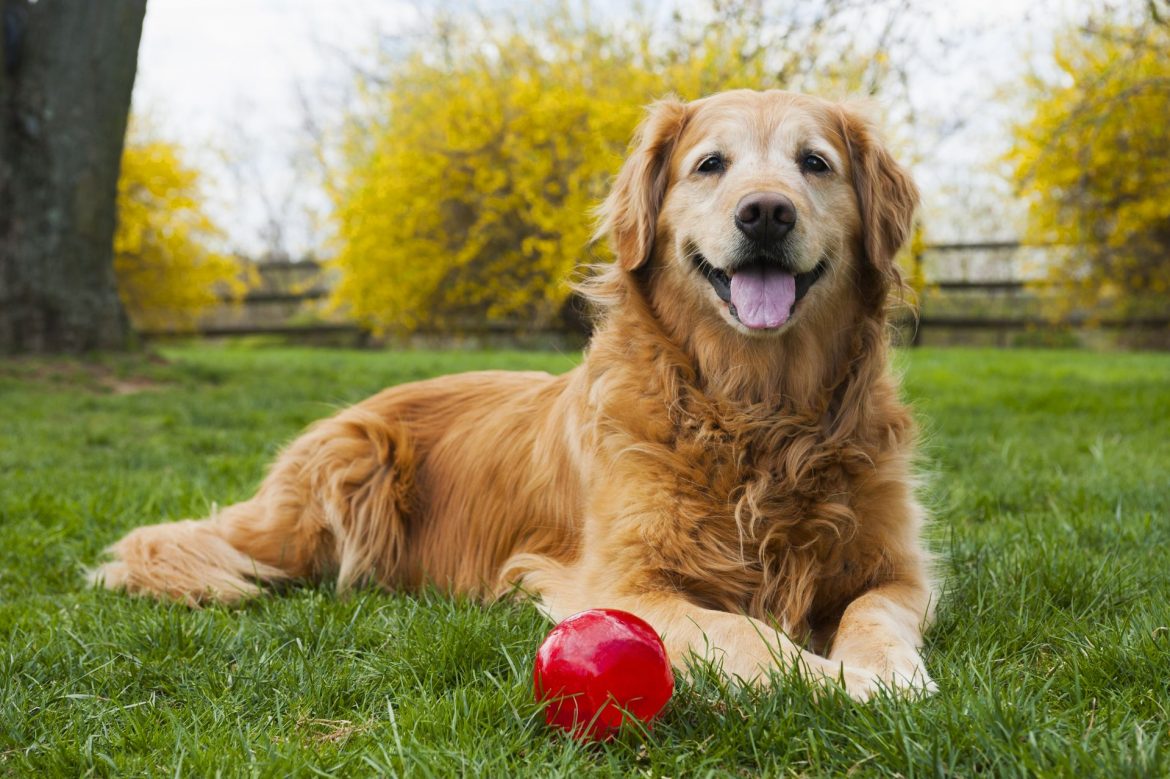Even with essentially the most amiable of pooches, coaching is a problem. Canine don’t scamper into the world understanding find out how to sit or come at a human’s command. Nonetheless, in the event you’re working with a well-adjusted canine, coaching isn’t precisely a heart-stopping affair. It’s possible you’ll take care of the occasional stained carpet or battered shoe, however the stakes aren’t all that prime.
That adjustments in case your canine is displaying indicators of aggression. Behaviors like growling, lunges, loud barks, or nips ought to ship devoted pet mother and father into high-alert mode. With out the best coaching, an aggressive canine could also be past assist — and a canine within the early levels of aggression can change into much more aggressive and even violent. And no one desires to bear the inevitable outcomes of unchecked canine aggression — least of all of the canine.
Coaching an aggressive canine the best means just isn’t solely pressing, it is particularly troublesome, particularly because the canine will get older. The excellent news is, there are issues you are able to do to scale back or handle your pup’s aggressive tendencies. The trick is figuring out indicators of aggression, determining what is likely to be inflicting that aggression, then arising with a well-thought-out motion plan.
However simply maintain this in thoughts: If you happen to observe canine aggression and even its earliest warning indicators, you’ll want an expert coach that will help you formulate that motion plan. Severely — this is not a job it is best to tackle by your lonesome. The stakes are simply too excessive.
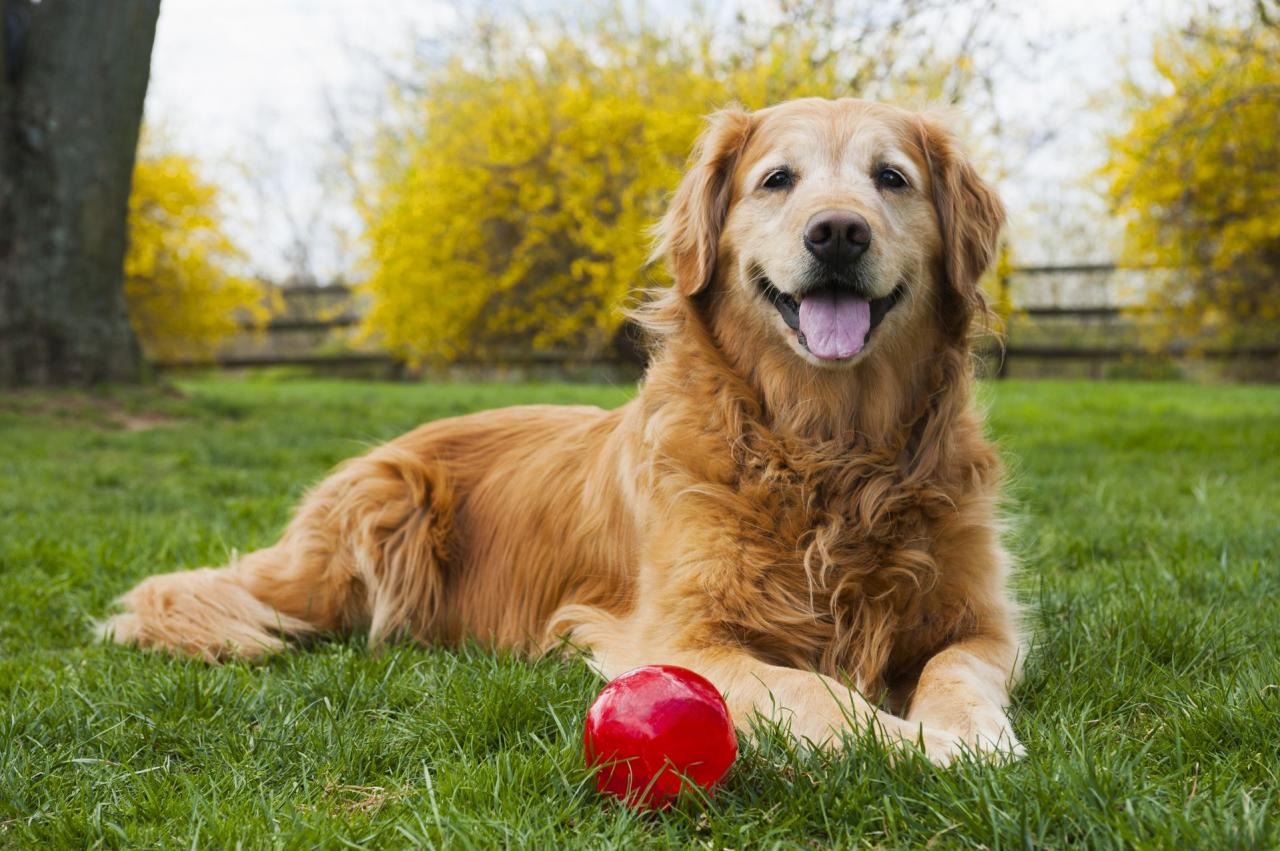
Warning Indicators of Aggression
First, it’s essential to know that canine aggression can start rearing its head earlier than it truly manifests as biting, aggressive lunging or different threatening behaviors. Listed here are some indicators to search for, from least to most superior:
- Yawning, blinking, or nostril licking
- Turning their head away
- Turning physique away, sitting, or pawing
- Strolling away
- Creeping, ears again
- Standing crouched, tail tucked below
- Mendacity down, leg up
- Stiffening up and staring
- Growling
- Snapping
- Biting
By the means, we borrowed this checklist from the Ontario SPCA and Humane Society’s “canine ladder of aggression.” Try hat hyperlink for a fast visible information to the severity of varied warning indicators. As you possibly can see, there are numerous ladder rungs between yawning and biting. In case your canine has change into genuinely violent, you could have missed or ignored early indicators earlier than they grew to become that means. (Both that otherwise you’ve adopted a brand new rescue canine who was already excessive up the ladder.)
As a pet mum or dad, that you must learn these indicators early and take rapid motion. Biting is much more harmful than yawning, and rather a lot tougher to repair. So listen and take the suitable steps — rapidly.
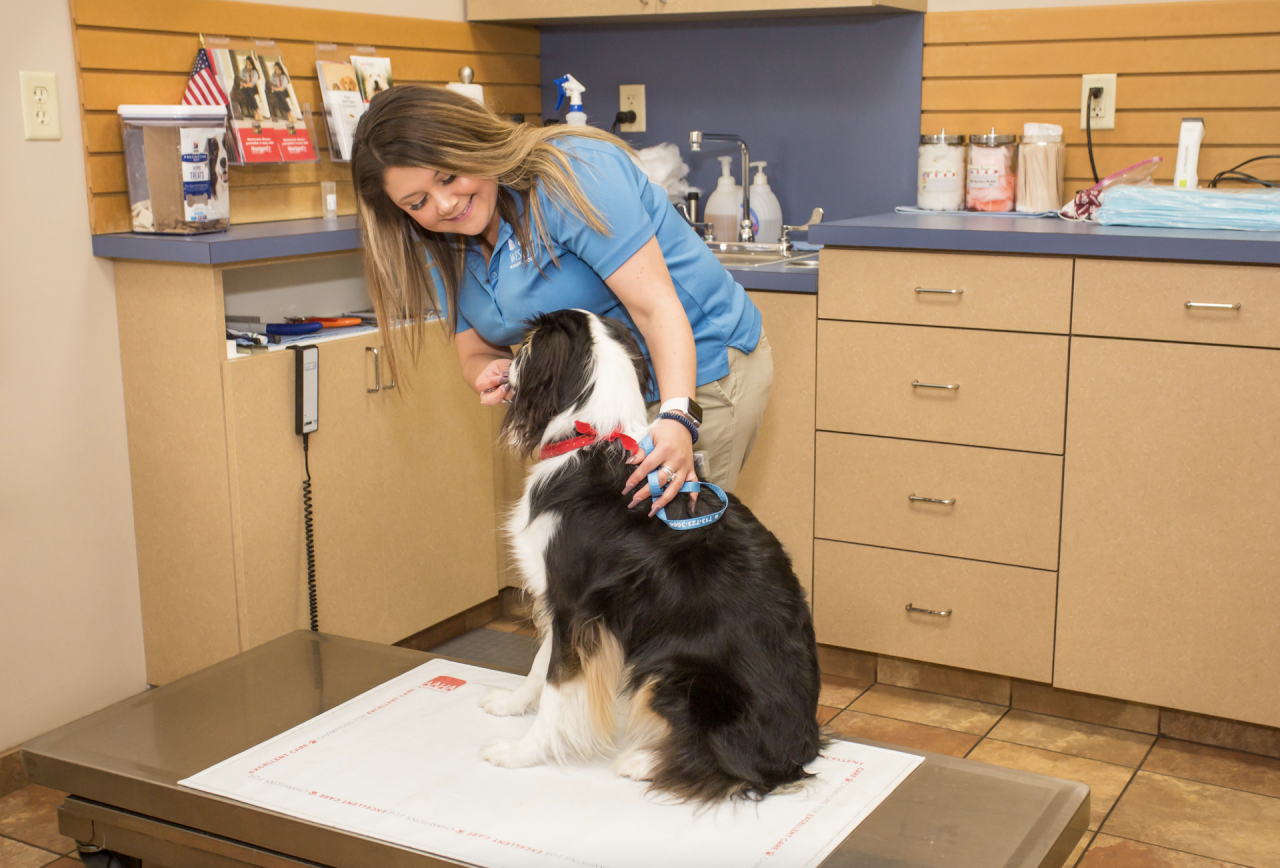
Go to the Vet Proper Away
In case your canine is displaying indicators of aggression — even delicate ones — your vet’s workplace is a good place to begin your seek for an answer. A easy veterinary examination may reveal that the drawback is the direct consequence of an damage or sickness. Ache or discomfort, whether or not inside or exterior, can typically result in aggressive behaviors. And as quickly as this medical situation is handled and the discomfort is relieved, your canine’s aggressive behaviors may subside or disappear.
However simply bear in mind: You must at all times clarify your issues to your vet earlier than the appointment to allow them to know what to be careful for. In case your pup is feeling significantly nippy or has taken to menacing growls, your veterinarian ought to know what to anticipate getting into.
If veterinary therapy solves your canine’s aggression as soon as and for all, great! If not, there’s loads extra work to be finished.
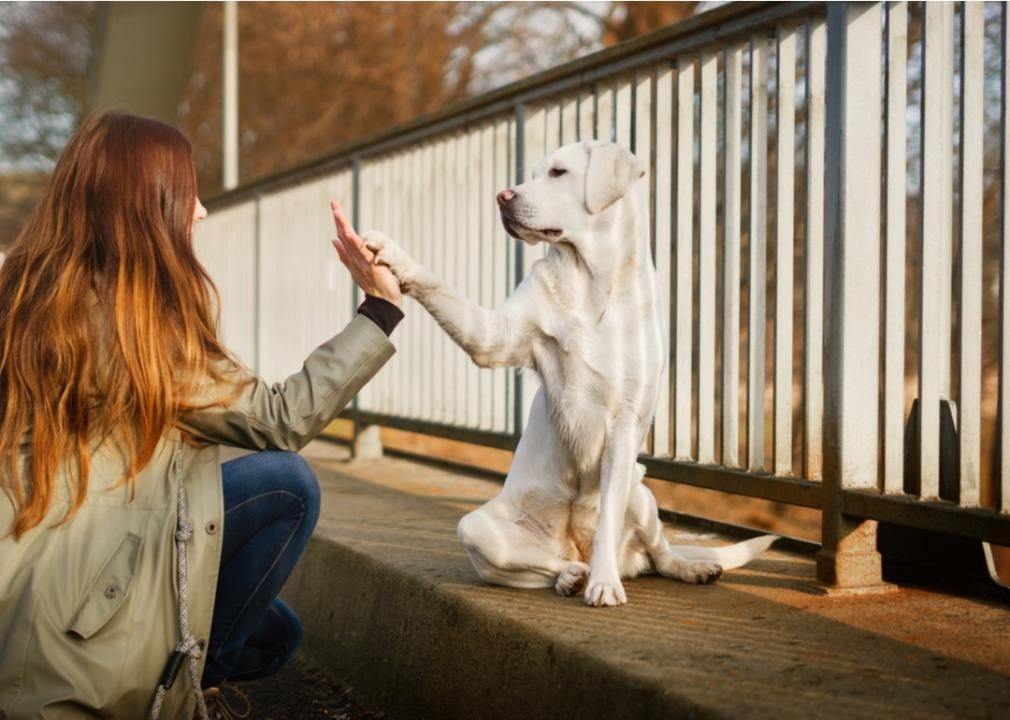
Work with a Licensed Behavioral Guide
We’ll have loads of recommendation for you over the course of this information, from train tips to aggression administration methods. However that is key: Earlier than you dive into coaching or administration, you will need to seek the advice of with a canine behavioral guide. And it is best to take this step as quickly as you’ve dominated out medical causes.
With another problematic canine behaviors, turning to an authorized behavioral guide is likely to be a final resort. In any case, behavioral consultants don’t work without spending a dime. However make no mistake: A canine that’s exhibiting indicators of aggression can change into harmful, and rapidly. You, your members of the family, your mates, strangers, and different canine could also be in danger. You may fancy your self a proficient beginner coach — and perhaps you’re! — however when claws and sharp tooth are concerned, you possibly can’t take any probabilities.
In order you learn the remainder of this information, bear in mind: You will need to search skilled assist and develop a coaching program earlier than you implement any of this recommendation by yourself. And if you end up unable to afford or accommodate a behavioral guide’s involvement on this course of, then sadly your solely accountable possibility is to ship your pup to a brand new residence or shelter that may.
Right here’s what a proficient coach will assist you accomplish:
- Decide why your canine is being aggressive
- Assist you give you a conduct modification program that you could proceed by yourself
- Assist you practice your canine with out making their concern or nervousness worse
Only one extra (essential) be aware: Ensure you flip to somebody who’s a licensed canine conduct guide, not a self-styled “coach.” The latter may not be genuinely certified to assist your furry pal, and that’s a recipe for catastrophe once you’re coping with an aggressive canine.
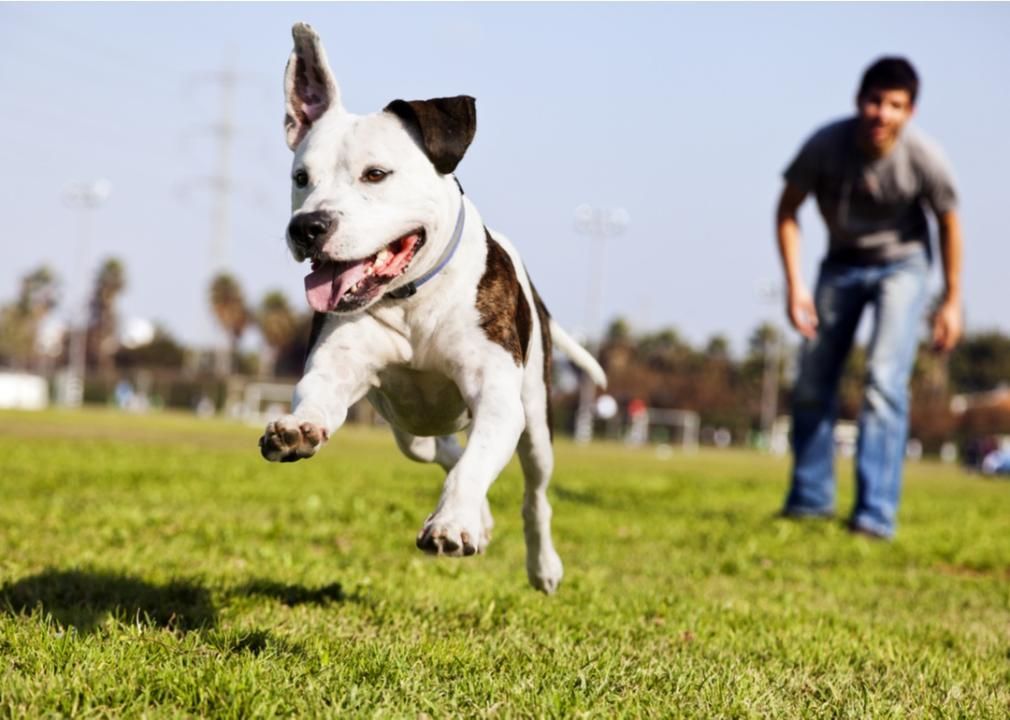
Train and Stimulation Are Key
Your vet and your behavioral guide will most likely inform you an identical factor: Your canine may not be getting sufficient train. If you happen to see indicators of aggression, it is best to instantly take steps to alter this.
All canine want play, train and stimulation. And a few canine are significantly excessive power and want greater than others. Listed here are some tough tips by breed:
Excessive train: These canine want 60-120 of train per day, a lot of it average to vigorous. Canine with excessive train wants embrace these within the terrier group (Jack Russell, Lakeland, and so on.), herding group (e.g. collies, sheepdogs and shepherds), working group (e.g. Siberian Huskies, Rottweilers and Doberman Pinschers), sporting group (e.g. Retrievers, Setters and Spaniels), and scenthound group (e.g. Bloodhounds, Beagles and Bassets).
Low to medium train: These canine could make do with 30-60 minutes of low to average train per day. Canine with low to medium train wants embrace the Brachycephalic group (e.g. Boxers and American Bulldogs), toy group (e.g. Chihuahuas and Pomeranians), sighthound group (e.g. Afghan Hounds and Greyhounds), and big canine breeds (e.g. Nice Danes and Saint Bernards).
You probably have a combined breed canine, attempt to study as a lot as you possibly can about their ancestry, as this will provide some steering as to their train wants. And, of course, remember that your canine’s train wants will decline considerably as they develop into senior-hood. If you happen to’re nonetheless unsure, seek the advice of your vet or your behavioral guide.
If you happen to’re already doing an honest job of offering your pup an lively way of life, “extra train” is likely to be so simple as including yet another every day stroll or tacking on a couple of minutes to the walks you’re already taking.
Indoor stimulation is essential too — even a number of 5-10 minute ball-throwing periods a day can present some much-needed bursts of train and stimulation. And puzzle toys, chew toys, and interactive video games can present psychological stimulation as nicely, and that may be simply as essential.
Right here’s the underside line: It’s essential to decide how a lot train your canine wants, and ensure they get it. A canine that will get the correct quantity of train, play, and stimulation is much much less prone to be aggressive. And in case your way of life or setting do not permit you to present your pup with the correct quantity or depth of train, then rehoming your pup — as painful as that is likely to be — might be the very best answer.
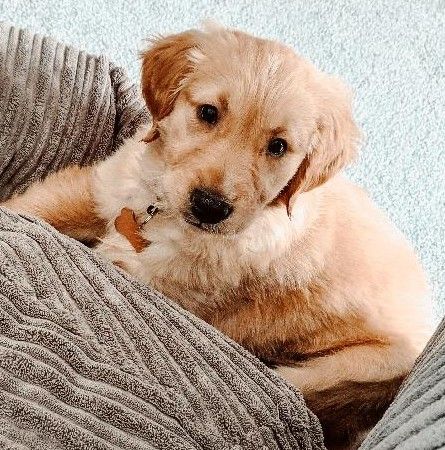
Perceive Why (and When) Your Canine Will get Aggressive
If there’s no medical trigger and your canine is getting the correct quantity of train, there are different components that may trigger aggression. These can embrace:
- Worry or nervousness
- A bent towards “useful resource guarding” (i.e., protectiveness over meals, toys or different gadgets)
- Sexual Aggression
Sadly, there’s additionally one thing referred to as “idiopathic aggression,” which is a flowery means of claiming that the trigger is unknown. For sure, that is the hardest type of aggression to resolve — however a behavioral guide should still be capable to assist you get to the basis of issues.
In any occasion, pet mother and father can maintain issues from getting worse by addressing the potential causes of their pup’s aggression when the canine remains to be younger. For occasion, having your pet spayed or neutered will forestall sexual aggression. In reality, that’s one of many essential the reason why veterinarians extremely advocate spaying or neutering your canine.
In the meantime, coaching your canine with instructions like “depart it” or “give it” can assist you reduce useful resource guarding. And attentive canine homeowners can take early steps to reduce fearful and anxious behaviors (as an illustration, separation nervousness) by creating strong routines and offering secure areas.
Of course, even flawless pet parenthood can’t at all times stamp out all traces of aggression. Plus, aggressive tendencies — particularly these attributable to trauma — can persist into maturity, and even go away after which resurface. (Which means adopting a rescue canine carries its personal coaching challenges.)
Nonetheless, by studying what’s inflicting your canine’s aggression, you’ll stand a greater probability of fixing or mitigating the drawback.
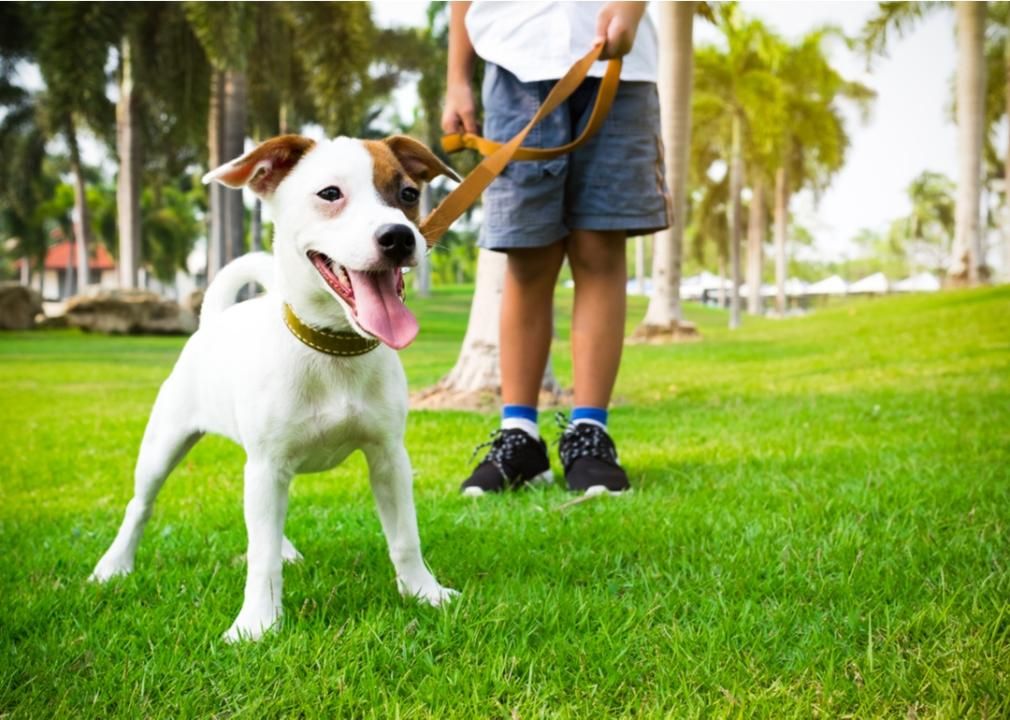
Determine Triggers
Some canine are aggressive all of the time, however others merely react to sure stimuli. In reality, canine behaviorists typically draw a transparent distinction between reactivity and chronic aggression. If you happen to’re coping with a reactive canine, you may discover it efficient to determine their triggers, after which assist your canine keep away from them.
Widespread triggers embrace:
- Different canine
- Loud noises
- Unfamiliar people
- Bicycles, child carriages, scooters, or the rest with wheels
Of course, fully shielding your canine from annoying conditions and stimuli gained’t assist them overcome their fears and anxieties. Ideally, you’ll be capable to assist your canine develop extra optimistic reactions to those frequent triggers over time, at the same time as you retain them away from their triggers when that you must.
On the similar time, it is best to acknowledge that totally different canine are, nicely, totally different. A ten-year-old senior whom you’ve simply adopted from a shelter will most likely be extra set of their methods than a brand new pet. Relying on the depth and severity of your canine’s damaging reactions, avoiding their triggers could also be both a short- or long-term technique. It is dependent upon the canine.
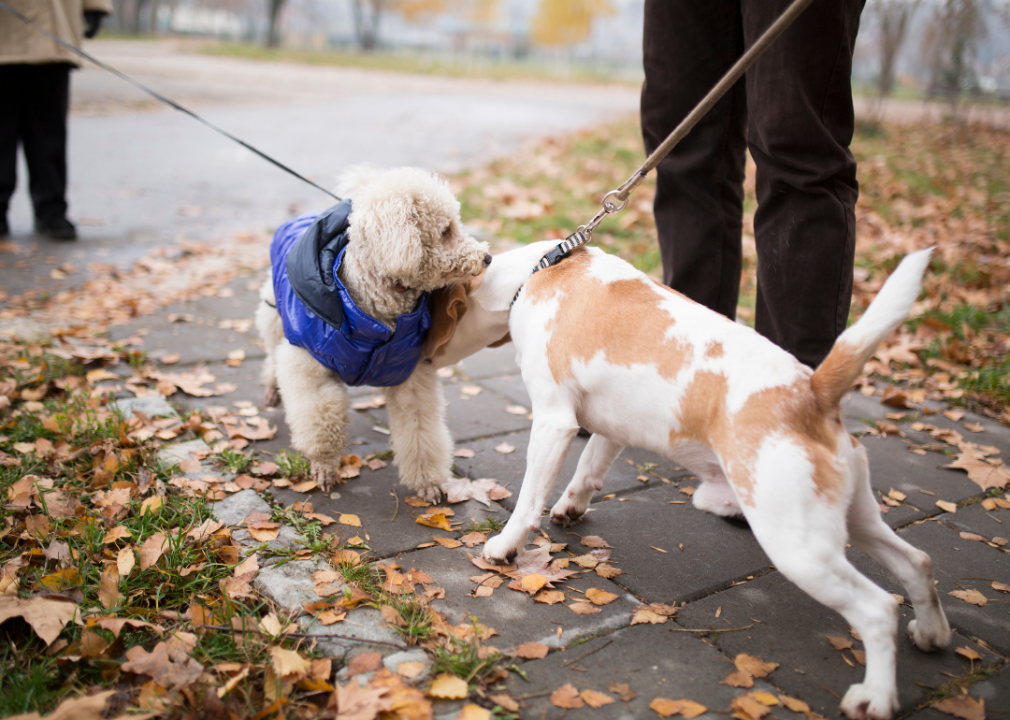
Use Desensitization and Counterconditioning
Your canine’s licensed behavioral guide might assist you implement a coaching program that includes desensitization and counterconditioning.
“Desensitization” takes place once you introduce your canine to stimuli that normally trigger unfavorable reactions, however accomplish that at extraordinarily low ranges. Then you definitely very steadily enhance these ranges.
For occasion, in case your canine repeatedly growls or barks round different canine, you positively gained’t need to introduce them to an odd canine on the road. However you could possibly stroll your canine inside, say, 50 toes of different canine — then 45, then 40, and so forth, steadily lowering the space over a interval of days or perhaps weeks or extra, till lastly your canine is able to socializing.
“Counterconditioning” goes hand-in-hand with desensitization. That’s once you change your pet’s damaging response to a stimulus right into a optimistic one. Let’s take the socialization situation once more: As you start the sluggish strategy of transferring your canine ever nearer to the factor that’s inflicting their damaging feelings, it is best to begin introducing a deal with, recreation, or one thing else that makes them completely happy simply earlier than you see their nerves begin to perk up.
The bottom line is to at all times maintain your canine “beneath threshold.” That’s a time period generally utilized in canine coaching — primarily, it signifies that you at all times introduce the optimistic stimulus earlier than your pup’s damaging feelings translate into precise unhealthy conduct.
This, in fact, is a really succinct description of a fancy type of conduct modification. Counterconditioning and desensitization will be utilized to many conditions, and the precise methods and techniques will range from situation to situation, and from canine to canine.
On the danger of sounding like a damaged document: Don’t try to coundercondition or desensitize an aggressive canine with out skilled help. You’ll have to take a nuanced method that’s particular to your pup’s wants. From the tempo at which you desensitize your pup to the varieties of rewards you’ll provide them, you’ll have to get issues excellent. Don’t presume you are able to do that with out steering.
In case your behavioral guide determines that desensitization and counterconditioning are certainly the best course of motion, they’ll assist you develop the best coaching plan on your canine. Ultimately, it is best to be capable to take cost of that program by yourself — however you’ll want assist getting began.
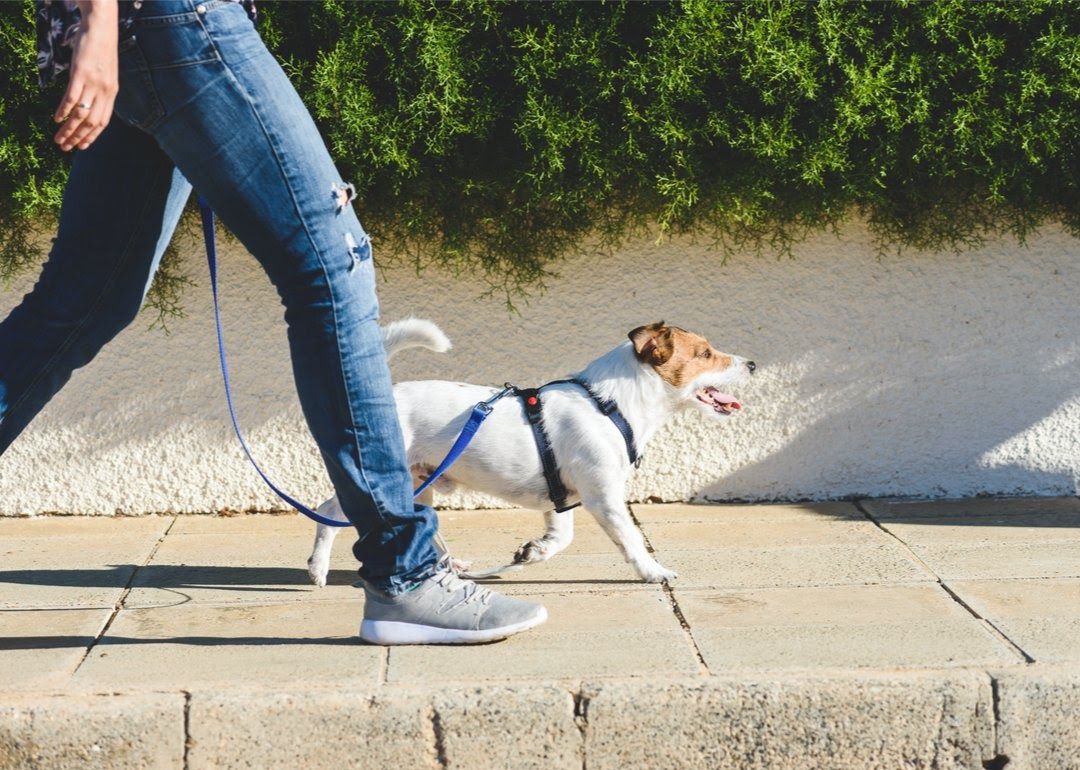
Handle Your Canine
Your expectations needs to be sensible and it is best to at all times train persistence. Even with the simplest of coaching applications, it might take months to see actual progress. Or worse, you may by no means see the kind of progress you’re hoping for. Some canine — for occasion, canine that confronted years of abuse or spent an excessive amount of time at a shelter — may by no means be capable to socialize or shed their anxieties to the diploma you’d like.
That is the place managing your pup turns into particularly essential. “Administration” refers to any methods that forestall your canine from hurting anybody or turning into extra aggressive. Administration gained’t modify your canine’s conduct like counterconditioning and desensitization — as an alternative, it needs to be practiced in tandem with any efficient conduct modification efforts.
Listed here are some tried-and-trued instruments and methods for managing your pup’s aggression:
Use Indoor Gates
Easy and inexpensive, these will maintain your canine from operating outdoors the place they will lunge at a stranger, or forestall them from accessing rooms (or folks) in your residence after they’re not speculated to. You can even use gates to separate a resource-guarding canine from different pets and folks who may trouble them whereas they’re consuming, consuming or taking part in.
Leash Your Canine
This one’s fairly easy: You probably have an aggressive canine, you will need to at all times maintain them leashed in public every time they’re prone to be round folks or different canine. At all times.
Discover Empty Parks
If you’d like your furry pal to get the train they want, you may should allow them to run free generally. But when your canine will get aggressive round different folks or canine, you’d be smart to plan their leash-free train extraordinarily fastidiously.
One technique is to go to canine parks after they’re prone to be empty, just like the night or early morning. You can even get artistic and take your pup to playgrounds, tennis courts or different fenced-in areas — simply be sure it’s permitted first.
Use “Do Not Pet” Clothes and Harnesses
One pretty common rule of proudly owning a pup: Strangers — particularly small youngsters — will need to pet your canine. Clothes, harnesses and leashes that plainly warn “don’t pet” will ship a loud sign to misguidedly pleasant adults, in addition to tactile youngsters and their mother and father.
Muzzles
Extra on muzzles within the subsequent part. For now, let’s simply say this: They work.
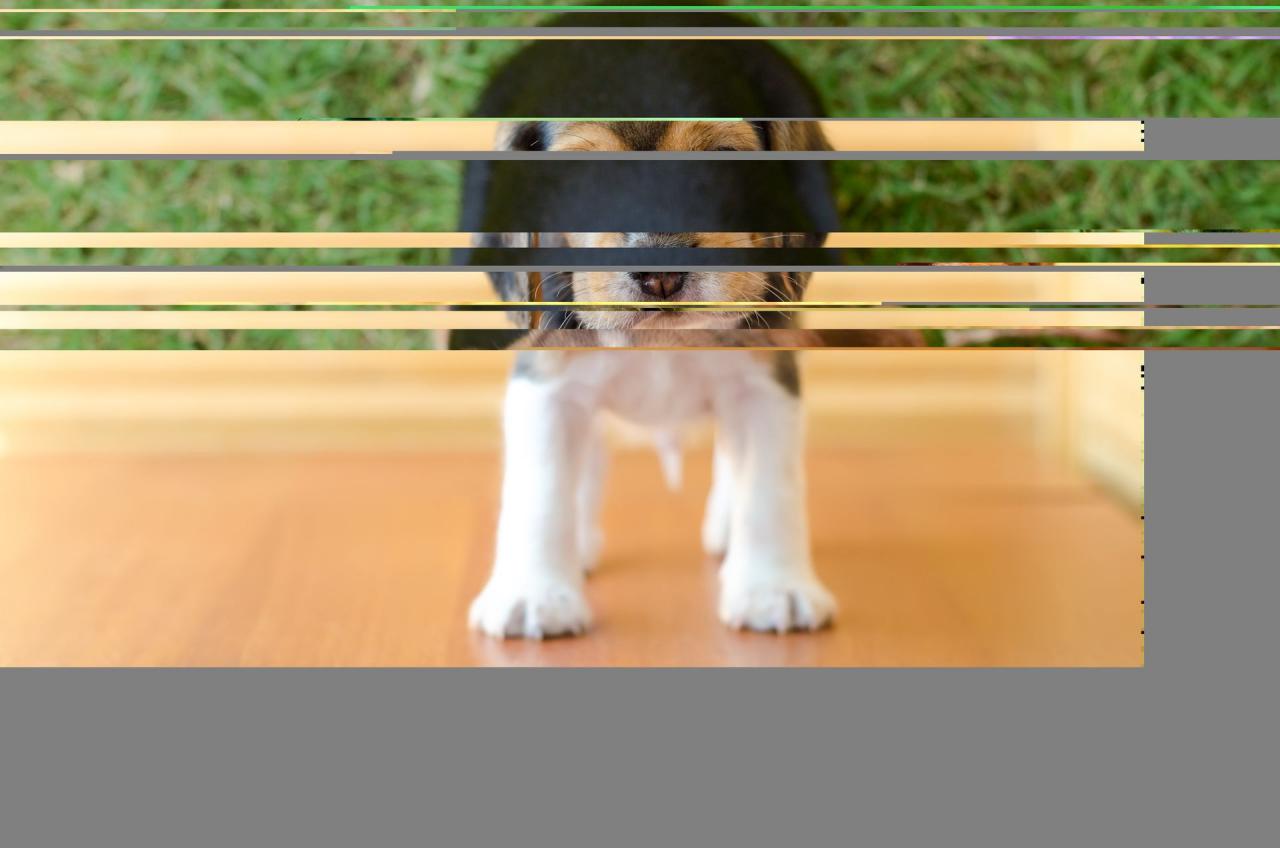
Muzzles Get a Unhealthy Rap
There’s an simple stigma hooked up to muzzles. Even the phrase itself has change into a metaphor for painful restraint. That’s a disgrace: Muzzles are secure, efficient, snug — and infrequently very vital.
In a great world, your pup could be calm and composed, and would by no means be a risk to chunk folks or different canine. Sadly, that’s not the world we stay in. When a canine with aggressive or reactive tendencies wears a muzzle, you and your furry pal can take pleasure in a pleasing stroll with out posing a risk to anybody. Simply remember that muzzled canine can nonetheless lunge, so at all times maintain a decent grip on their leash.
By the means, most muzzle types permit canine to open their mouths broad sufficient to eat, drink or pant, so muzzling your pup gained’t truly trigger them to endure in any means. So in the event you resolve to introduce a muzzle, simply do not forget that this resolution doesn’t one way or the other signify your failure as a canine mum or dad; quite the opposite, it exhibits simply how accountable you’re.

Punishment Is By no means, Ever a Good Thought
Right here’s an ironclad rule of coaching an aggressive canine: Optimistic reinforcement sure, punishment no. Aversive instruments and methods like e-collars, leash corrections, or scolding and yelling is not going to assist your canine grasp the fears and anxieties which might be inflicting their aggression.
In reality, these techniques are assured to wreak additional havoc in your canine’s emotional state. Then it’ll change into that a lot tougher to reverse their slide into aggressive conduct.
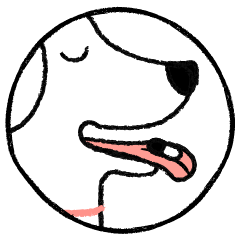
Ask Your Vet About Prescription Meds
Imagine it or not, vets can prescribe drugs like Prozac or Xanax for canine in addition to people. And these meds can truly be fairly efficient at treating aggression and different behavioral problems. So make sure you ask your vet in the event that they assume your pup would profit from prescription meds.
,

